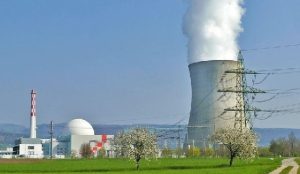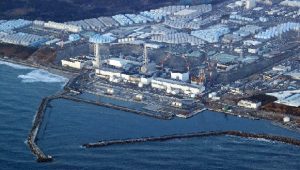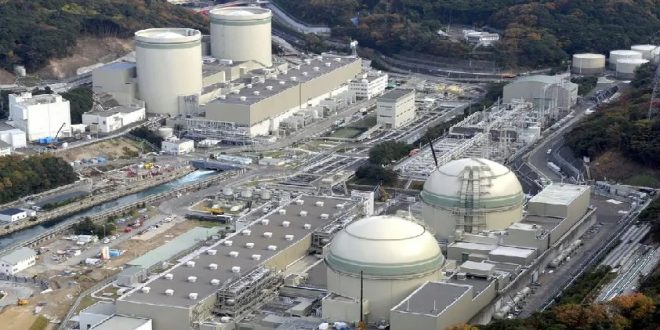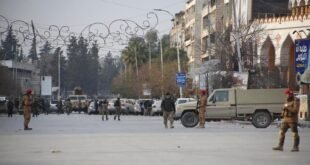28-12-2023
TOKYO : Japan’s nuclear power regulator on Wednesday lifted an operational ban it imposed on Tokyo Electric Power’s massive Kashiwazaki-Kariwa power plant two years ago, clearing the path for it to resume a process towards a restart.
 Tepco has been eager to bring the world’s largest atomic power plant back online to slash operating costs, but a resumption still needs local consent in Niigata prefecture, on the Sea of Japan coast.
Tepco has been eager to bring the world’s largest atomic power plant back online to slash operating costs, but a resumption still needs local consent in Niigata prefecture, on the Sea of Japan coast.
With capacity of 8,212 megawatts (MW), the plant has been offline since around 2011, when the Fukushima disaster prompted the eventual shutdown of all nuclear power plants in Japan at the time.
In 2021, the Nuclear Regulation Authority (NRA) barred Tepco from operating Kashiwazaki-Kariwa, its only operable atomic power station, due to safety breaches including the failure to protect nuclear materials and missteps that led to an unauthorized staff member accessing sensitive areas of the plant.
Citing improvements in the safety management system, the NRA on Wednesday lifted a corrective action order that had prevented Tepco from transporting new uranium fuel to the plant or loading fuel rods into its reactors effectively blocking a resumption.
Shares in Tepco had risen sharply after the NRA indicated early this month that it would consider lifting the operational ban after conducting an on-site inspection and meeting with the company’s president.
Japan needs to import about 90% of its energy requirements.
 Its first commercial nuclear power reactor began operating in mid-1966, and nuclear energy has been a national strategic priority since 1973. This came under review following the 2011 Fukushima accident but has been confirmed.
Its first commercial nuclear power reactor began operating in mid-1966, and nuclear energy has been a national strategic priority since 1973. This came under review following the 2011 Fukushima accident but has been confirmed.
Up until 2011, Japan was generating some 30% of electricity from its reactors and this was expected to increase to at least 40% by 2017. The plan is now for at least 20% by 2030, from a depleted fleet.
The first two reactors restarted in August and October 2015, with a further nine having restarted since. 16 reactors are currently in the process of restart approval.
Despite being the only country to have suffered the devastating effects of nuclear weapons in wartime, with over 100,000 deaths, Japan embraced the peaceful use of nuclear technology to provide a substantial portion of its electricity. However, following the tsunami which killed 19,000 people and which triggered the Fukushima nuclear accident (which killed no-one) in March 2011, public sentiment shifted markedly so that there were widespread public protests calling for nuclear power to be abandoned. The balance between this populist sentiment and the continuation of reliable and affordable electricity supplies is being worked out politically.The government’s stated aim is for nuclear power to provide 20-22% of electricity by 2030. Earlier in 2011, nuclear energy had accounted for almost 30% of the country’s total electricity production (29% in 2009), from 47.5 GWe of capacity (net) to March 2011, and 44.6 GWe (net) from then. There were plans to increase this to 41% by 2017, and 50% by 2030. (Int’l News Desk)
 Pressmediaofindia
Pressmediaofindia




